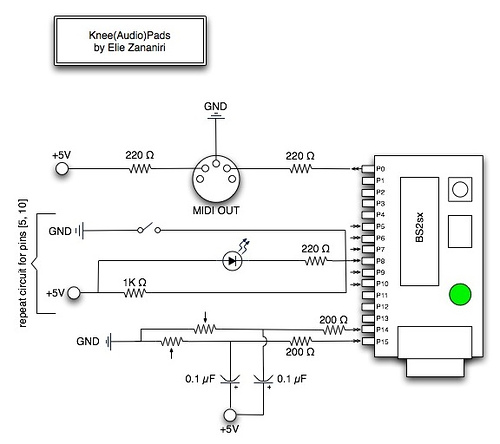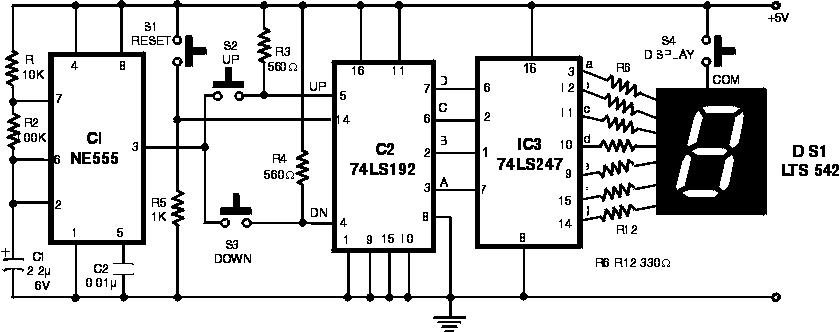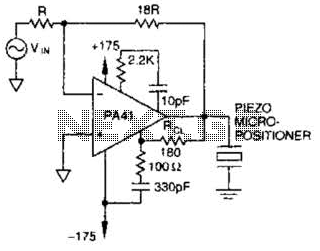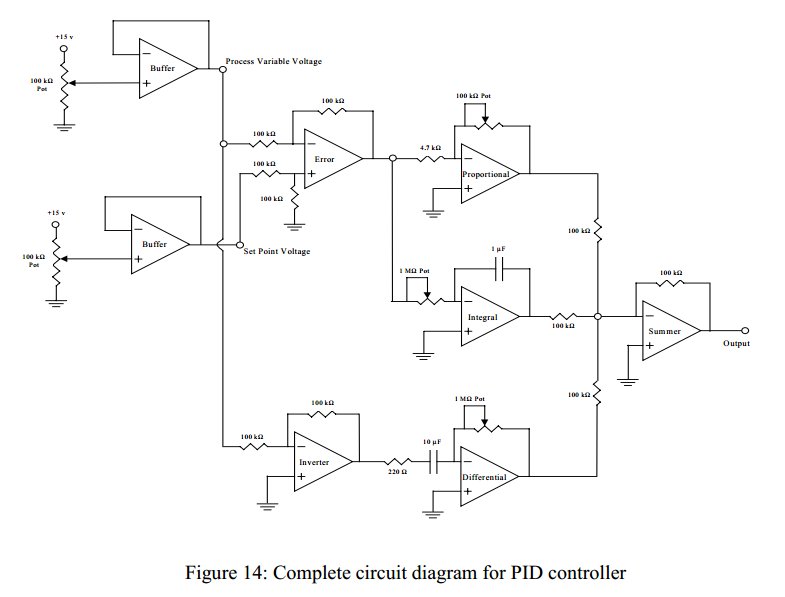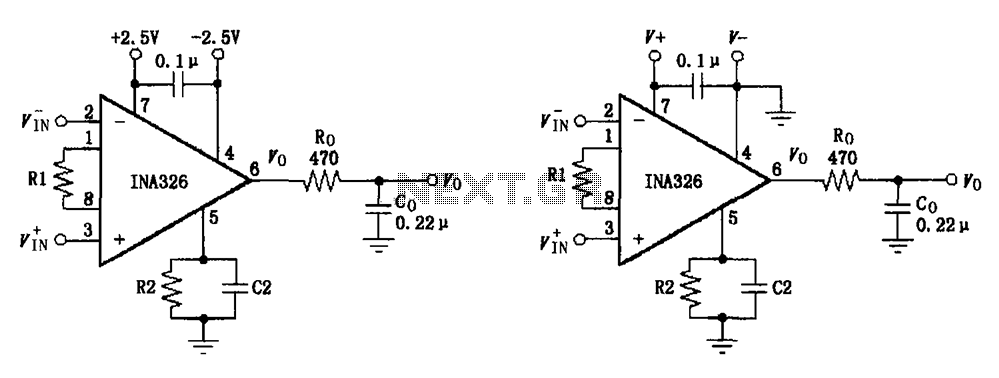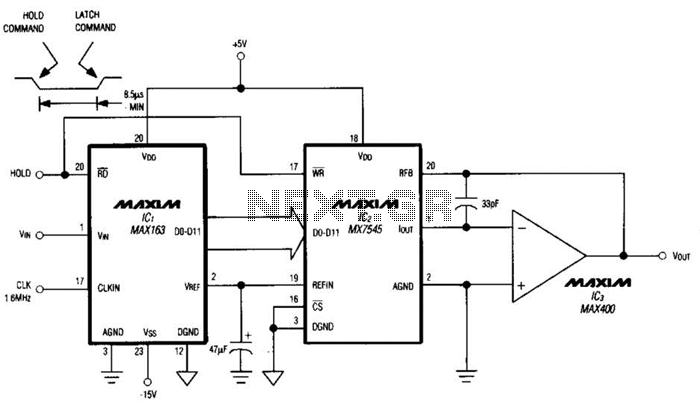
Simple One-Wire Touch Detector circuit
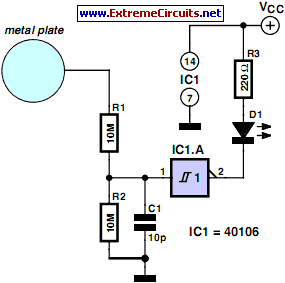
This simple circuit can be utilized to activate various devices, such as microcontrollers, relays, secret alarms, or robot applications. It can also be used to turn on LED1, which remains illuminated as long as the metal plate is touched. The circuit comprises a voltage divider made up of resistors R1 and R2, a Schmitt trigger/inverter gate from a 40106 integrated circuit, a small capacitor to mitigate strong RF interference, and LED1 with a current-limiting resistor R3. The metal plate is connected to R1 via a wire, and R1 and R2 function together as a voltage divider.
The described circuit operates based on the principle of capacitive touch sensing. When a user touches the metal plate, it alters the capacitance at that point, which influences the voltage across the voltage divider formed by resistors R1 and R2. This change in voltage is detected by the input of the Schmitt trigger gate, which has a hysteresis characteristic that provides a clean transition between the high and low states.
The output of the Schmitt trigger can be used to drive various loads, such as relays or microcontrollers, allowing for a wide range of applications. The inclusion of a capacitor in the circuit serves to filter out any high-frequency noise, ensuring stable operation. LED1 provides a visual indication of the circuit's activation state, while resistor R3 limits the current flowing through the LED to prevent damage.
Overall, this circuit design is compact and versatile, making it suitable for various electronic projects that require touch activation or sensing capabilities. Proper selection of resistor values and the capacitor will ensure optimal performance and responsiveness of the touch-sensitive feature.This simple circuit can be used to activate whatever you like, for example, by connecting it to microcontroller, relays, secret alarms, robot applications or just turn on LED1 which lights up as long as you touch the metal plate. The circuit consists of voltage divider R1 and R2, one Schmitt trigger/inverter gate from a 40106 IC, a small capacitor to keep strong RF at bay and LED1 with current limiting resistor R3.
The metal plate is connected via a wire to R1. R1 and R2 together form a voltage divider.. 🔗 External reference
The described circuit operates based on the principle of capacitive touch sensing. When a user touches the metal plate, it alters the capacitance at that point, which influences the voltage across the voltage divider formed by resistors R1 and R2. This change in voltage is detected by the input of the Schmitt trigger gate, which has a hysteresis characteristic that provides a clean transition between the high and low states.
The output of the Schmitt trigger can be used to drive various loads, such as relays or microcontrollers, allowing for a wide range of applications. The inclusion of a capacitor in the circuit serves to filter out any high-frequency noise, ensuring stable operation. LED1 provides a visual indication of the circuit's activation state, while resistor R3 limits the current flowing through the LED to prevent damage.
Overall, this circuit design is compact and versatile, making it suitable for various electronic projects that require touch activation or sensing capabilities. Proper selection of resistor values and the capacitor will ensure optimal performance and responsiveness of the touch-sensitive feature.This simple circuit can be used to activate whatever you like, for example, by connecting it to microcontroller, relays, secret alarms, robot applications or just turn on LED1 which lights up as long as you touch the metal plate. The circuit consists of voltage divider R1 and R2, one Schmitt trigger/inverter gate from a 40106 IC, a small capacitor to keep strong RF at bay and LED1 with current limiting resistor R3.
The metal plate is connected via a wire to R1. R1 and R2 together form a voltage divider.. 🔗 External reference
